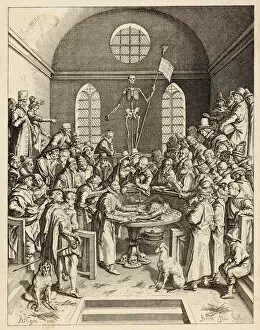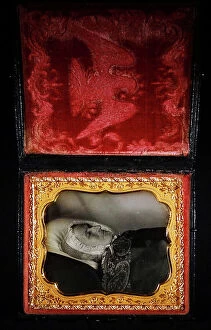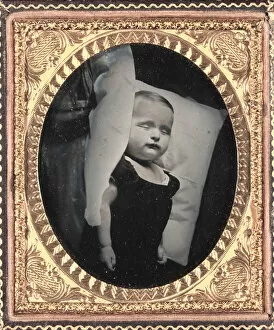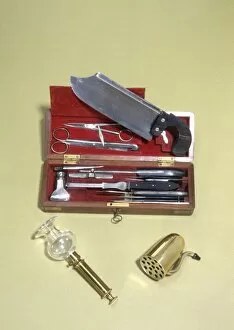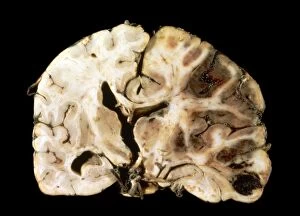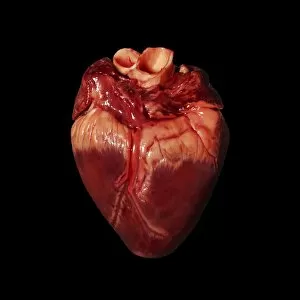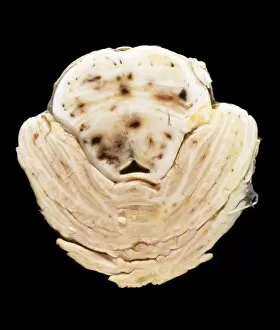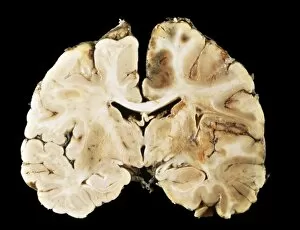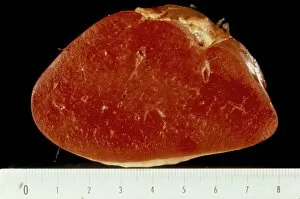Post Mortem Collection
"Unveiling the Secrets of the Past
For sale as Licensed Images
Choose your image, Select your licence and Download the media
"Unveiling the Secrets of the Past: Exploring Post Mortem Practices in Medical History" Step back in time to the 16th century as we delve into the intriguing world examinations. From medical advancements and anatomical discoveries to artistic depictions, this captivating journey will take you through various aspects of this fascinating field. Imagine being present at Autopsy at the Hotel-Dieu, Paris, late 19th century - a scene captured with meticulous detail in pen and ink on paper. Witnessing such dissection scenes depicted on oil canvas truly brings forth an understanding of how far medical knowledge has come. Travel further across continents and join a Canadian Pacific Railway Survey-Party in the Rocky Mountains Division through an engraving. Even tombstones like that of Prince Theodore Galitzin at Monumental cemetery of Certosa di Bologna tell stories about individuals who have passed away. Marvel at funerary monuments sculpted from marble by Antonio Cipolla, such as Pietro Magenta's memorial piece. These masterpieces serve not only as tributes but also as reminders of mortality's grip on humanity. Experience moments frozen in time with stereographs like "The Wake, " capturing mourning rituals during c. 1890 or paintings like "The Children of Nathan Starr" (1835) and "The Alling Children" (c. 1839), which immortalize young lives lost too soon. One cannot ignore iconic works such as "The Anatomy Lesson of Professor Frederik Ruysch, " showcasing educational sessions that expanded our understanding of human anatomy throughout history. Delving deeper into society's darker side, explore William Hogarth's chilling plate IV from The Four Stages of Cruelty series titled "The Reward for Cruelty. " This artwork serves as a reminder that even amidst scientific progress, compassion remains essential for humanity's advancement. Finally, ponder upon Brain Injury C016 / 8920.

